1. The Marvelous Marine Starfish
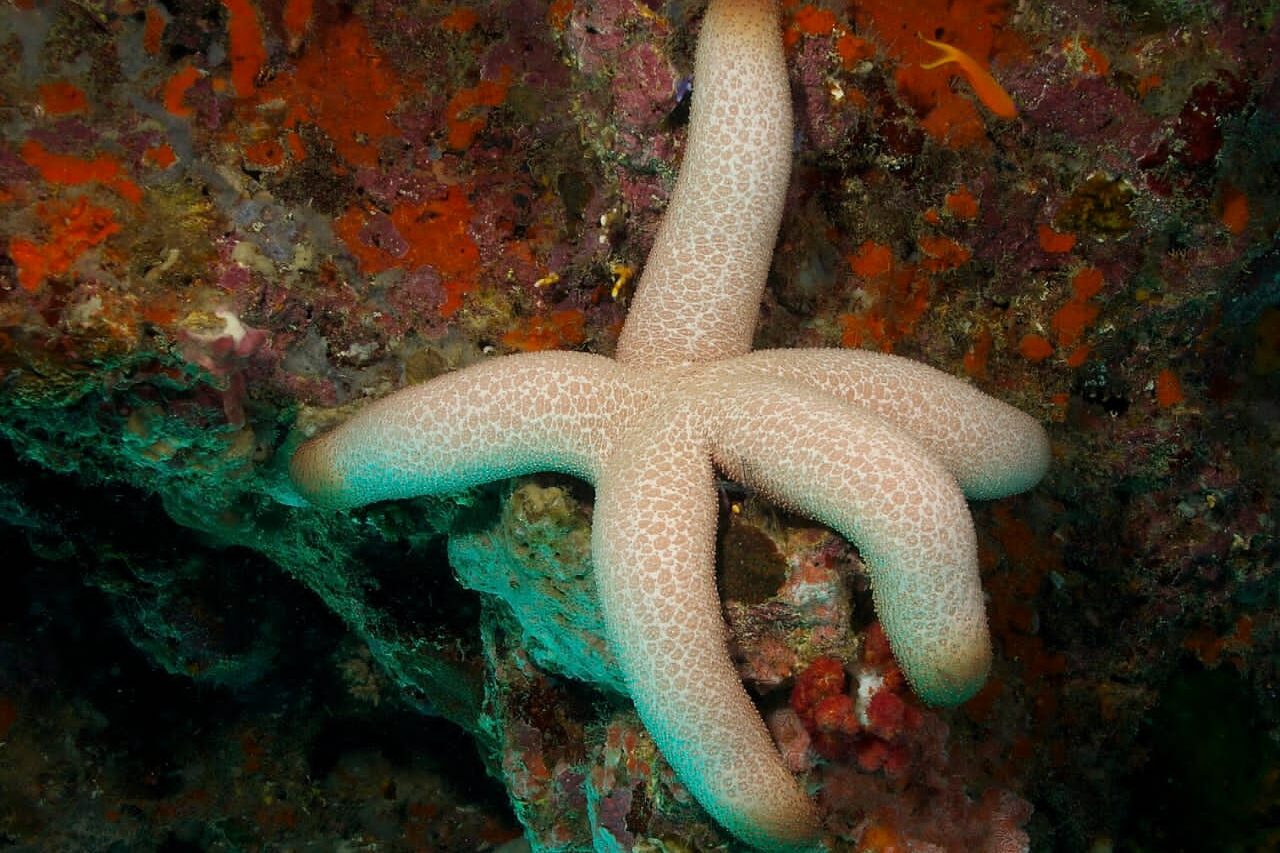
Imagine losing an arm and growing a whole new you from it. That’s the starfish’s superpower! When a starfish loses a limb, that limb can sometimes regenerate into an entirely new starfish, a perfect genetic copy of the original. It’s like having a biological photocopier, churning out identical versions of yourself. Picture a world where a single body can multiply, where one becomes many. This isn’t a science fiction fantasy; it’s the reality for these fascinating marine creatures. They use this ability not only for regeneration but also for a form of asexual reproduction, a remarkable feat of biological duplication. Experts note that this process, known as fragmentation, allows starfish populations to rapidly expand. It’s a testament to the resilience and regenerative capacity of these echinoderms, a way to ensure survival and proliferation in their diverse ocean habitats. The ability for a starfish to regenerate a whole new body is dependent on the central disk being intact, or a portion of it being present in the separated arm.
This means that not every detached limb will result in a new starfish, but when the conditions are right, the result is a perfect clone. The process involves complex cellular differentiation and growth, where the cells of the detached limb reorganize to form all the necessary tissues and organs. The new starfish will share the exact same genetic makeup as the original, making it a true clone. This ability is particularly advantageous in stable environments where genetic diversity isn’t as crucial for survival. It allows for rapid population growth and efficient colonization of new areas. The starfish’s regenerative abilities have been a subject of intense scientific study, with researchers seeking to understand the underlying mechanisms for potential applications in regenerative medicine.
2. The Humble Freshwater Hydra
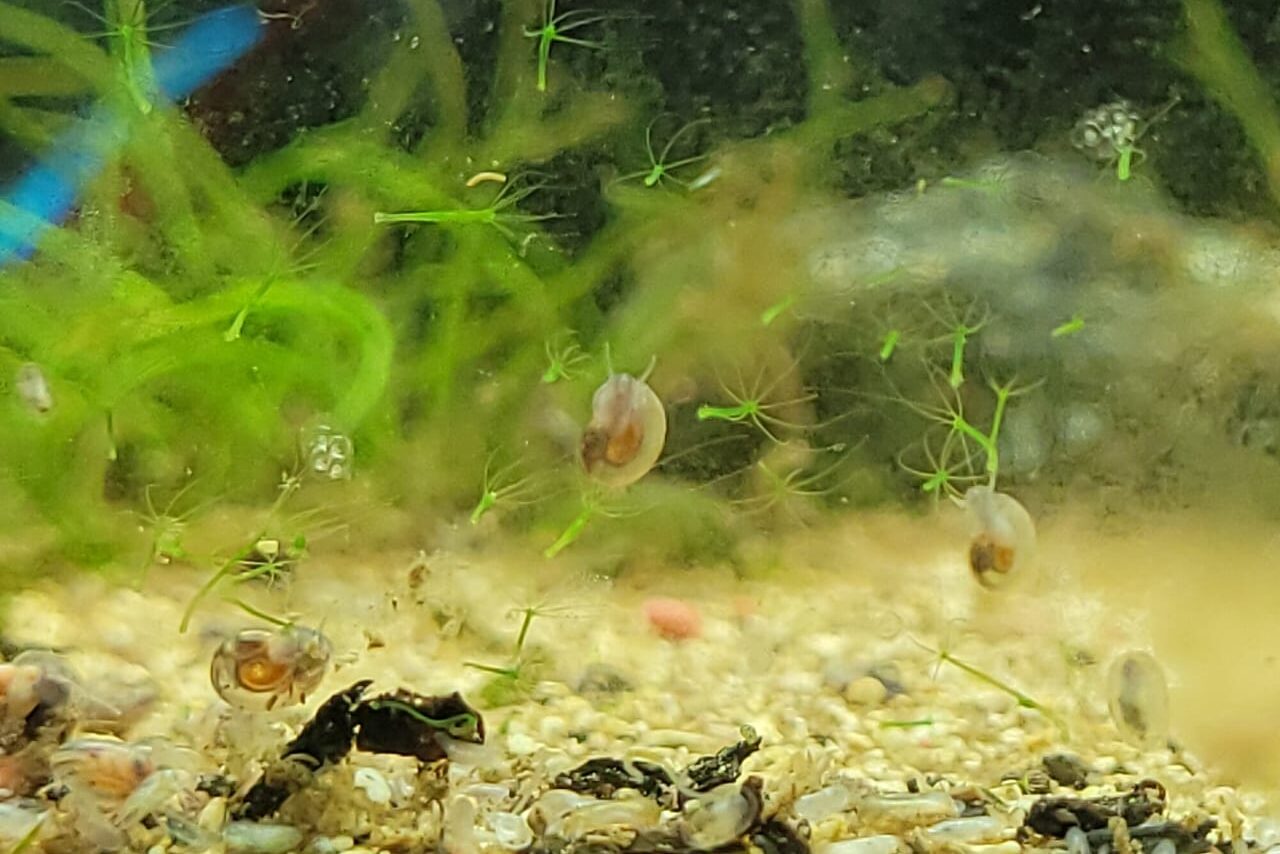
Picture a tiny, tentacled creature that can simply bud off a copy of itself. The freshwater hydra does just that, growing a small protrusion that eventually develops into a fully formed hydra, a miniature clone of the parent. It’s like having a built-in cloning factory, producing offspring that are genetically identical. Imagine a world where reproduction is as simple as growing a new limb, where life duplicates with effortless efficiency. This remarkable ability allows hydra populations to expand rapidly in favorable conditions. Experts explain that this process, called budding, is a form of asexual reproduction, a way to ensure survival and propagation without the need for a mate. It’s a testament to the simplicity and efficiency of life’s reproductive strategies, a way to thrive in stable, resource-rich environments. The hydra’s ability to bud off new individuals is a continuous process, allowing for rapid population growth.
This process involves the parent hydra developing a small outgrowth that gradually forms into a new individual. The new hydra will eventually detach from the parent and live independently. This form of asexual reproduction is particularly advantageous in stable environments where resources are abundant. The hydra’s simple body plan and regenerative capabilities make it a fascinating subject of study for scientists interested in developmental biology. The ability to create clones through budding is a fundamental aspect of the hydra’s life cycle, ensuring its survival and proliferation.
3. The Tenacious Flatworm
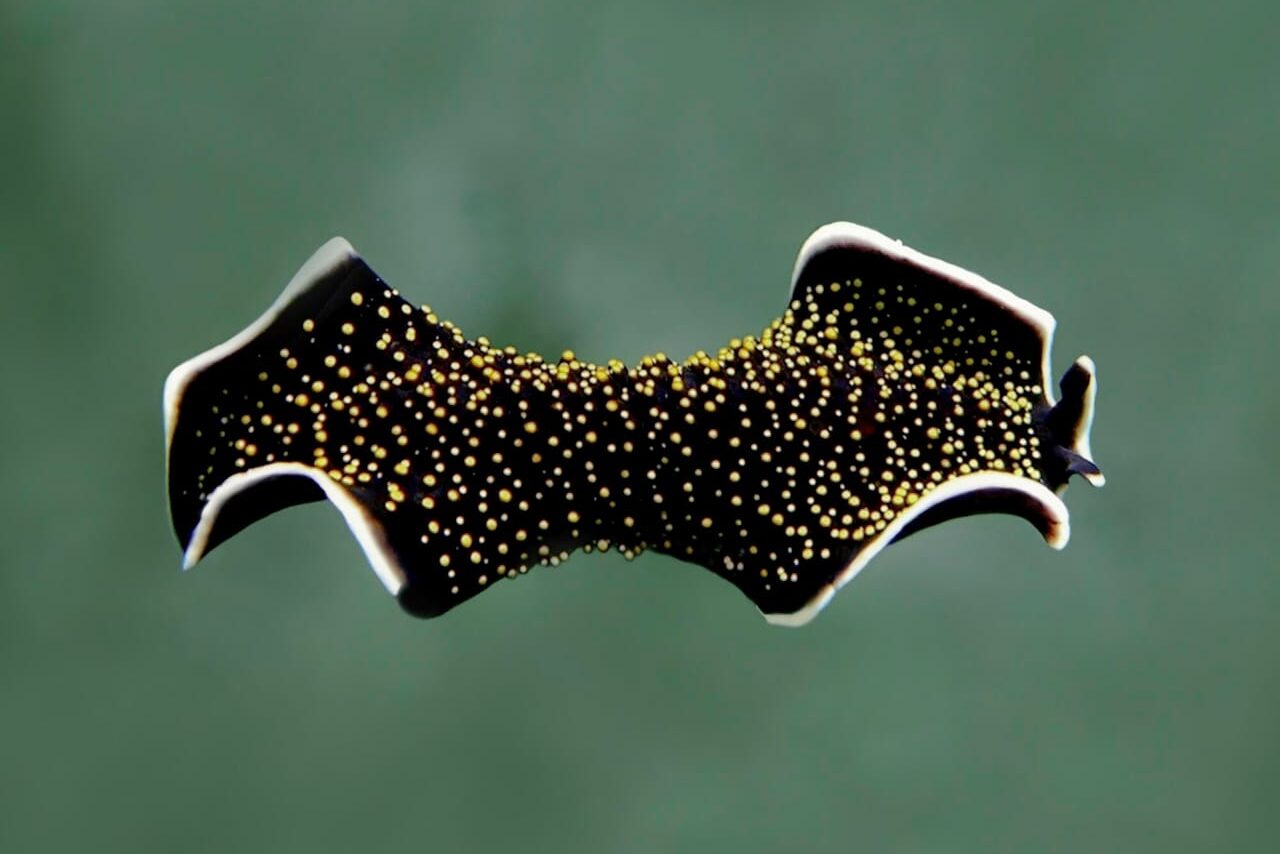
Imagine a creature that can be cut into pieces, each piece growing into a new, complete individual. That’s the flatworm for you, a master of regeneration. These creatures can regenerate any part of their body, including their head and brain, making them virtually immortal. It’s like having a biological repair kit, capable of rebuilding any damaged part with perfect precision. Picture a world where injury is merely a temporary setback, where life can be pieced back together with astonishing ease. This remarkable ability allows flatworms to survive and thrive in a variety of environments. Experts note that this process, known as fragmentation, is a form of asexual reproduction, a way to ensure survival and propagation even after severe injury. It’s a testament to the incredible regenerative capacity of these simple organisms, a way to persist and multiply in the face of adversity. The flatworm’s ability to regenerate its entire body from a small fragment is a result of its unique stem cells, called neoblasts.
These neoblasts can differentiate into any cell type, allowing the flatworm to rebuild any missing tissues or organs. The flatworm’s regenerative abilities have made it a valuable model organism for studying tissue repair and regeneration. Researchers are studying the flatworm’s genes and proteins to understand the molecular mechanisms behind its regenerative abilities. The potential applications of this research are vast, with implications for treating injuries and diseases in humans. The flatworm’s ability to regenerate its brain is particularly intriguing, as it offers hope for treating neurological disorders. Experts explain that the flatworm’s regenerative abilities are a result of its unique cellular mechanisms, which allow it to rebuild tissues without forming scar tissue. This remarkable ability makes the flatworm a fascinating subject of study for scientists seeking to unlock the secrets of tissue regeneration.
4. The Parthenogenetic Whiptail Lizard
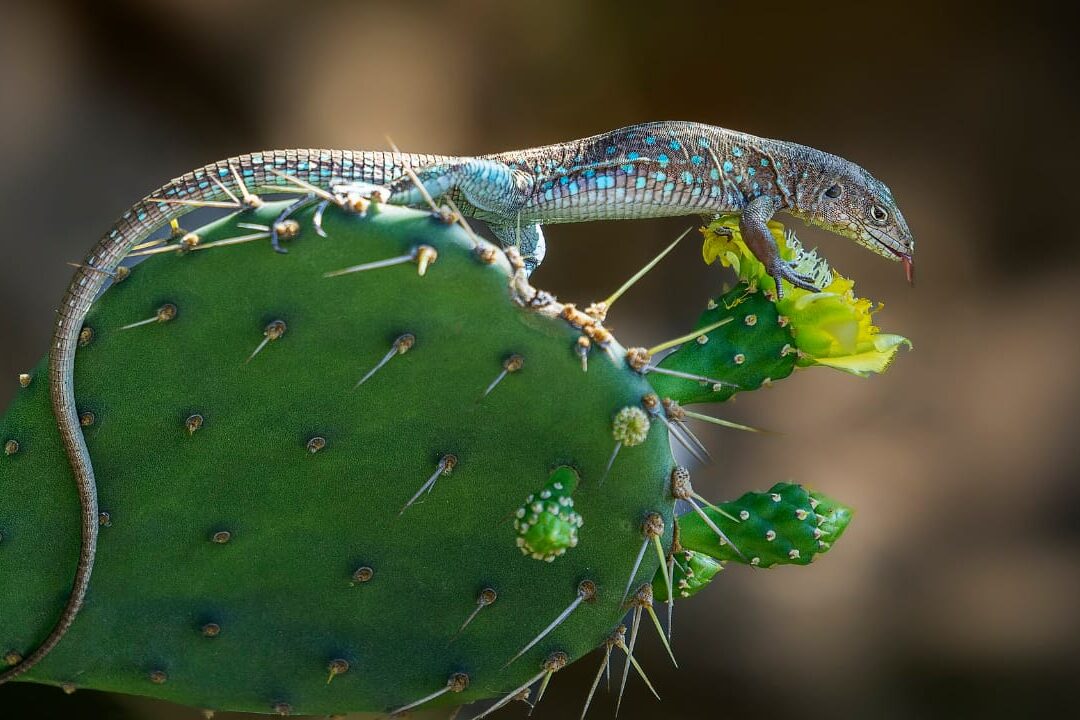
Picture a lizard species where all individuals are female, reproducing without the need for males. That’s the whiptail lizard, a master of parthenogenesis. These lizards can reproduce asexually, laying eggs that develop into genetically identical offspring. It’s like having a self-sustaining population, where every individual is capable of creating the next generation. Imagine a world where gender is optional, where life can propagate without the need for sexual reproduction. This remarkable ability allows whiptail lizard populations to thrive in environments where males are absent. Experts note that this process, called parthenogenesis, is a form of asexual reproduction, a way to ensure survival and propagation in isolated or challenging habitats. It’s a testament to the versatility of life’s reproductive strategies, a way to adapt and flourish in diverse ecological niches. The whiptail lizard’s ability to reproduce asexually is a result of its unique genetic makeup.
This allows them to produce eggs that develop into genetically identical offspring without fertilization. The whiptail lizard’s parthenogenetic reproduction is particularly advantageous in environments where males are scarce or absent. This allows the lizard to rapidly colonize new areas and establish populations. Researchers are studying the whiptail lizard’s reproductive system to understand the mechanisms behind its parthenogenesis. The potential applications of this research are vast, with implications for understanding the evolution of sexual reproduction. Experts explain that the whiptail lizard’s ability to reproduce asexually is a result of its unique genetic adaptations, which allow it to bypass the need for sexual reproduction. This remarkable ability makes the whiptail lizard a fascinating subject of study for scientists interested in the evolution of reproductive strategies.
5. The Prolific Aphid
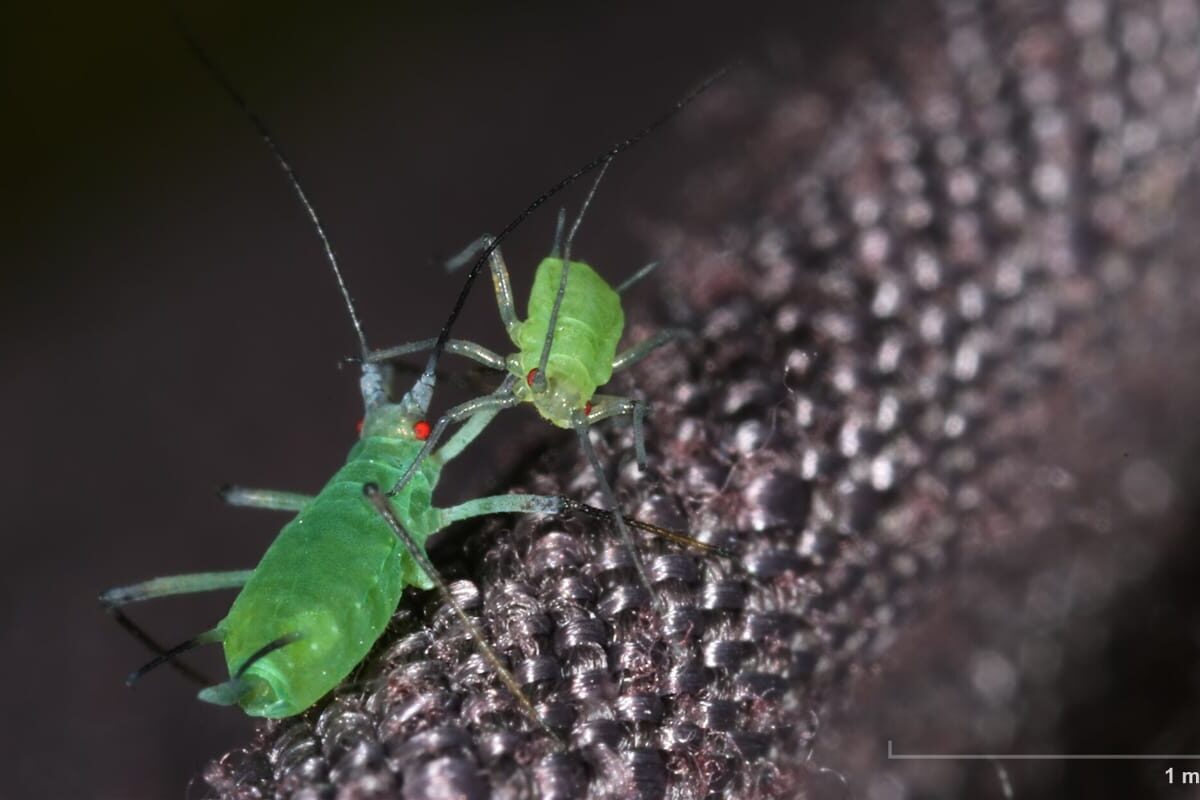
Imagine a tiny insect that can switch between sexual and asexual reproduction, depending on the environment. That’s the aphid, a master of reproductive flexibility. These insects can reproduce asexually through parthenogenesis, producing genetically identical offspring, allowing for rapid population growth. It’s like having a reproductive switch, toggling between different modes to maximize survival. Picture a world where reproduction is adaptable, where life can shift strategies to suit changing conditions. This remarkable ability allows aphid populations to explode in favorable conditions. Experts note that this process, called parthenogenesis, is a form of asexual reproduction, a way to ensure rapid propagation and colonization of new resources. It’s a testament to the adaptability of these tiny insects, a way to thrive in diverse and fluctuating environments. The aphid’s ability to switch between sexual and asexual reproduction is a result of its unique life cycle.
This allows them to rapidly increase their population size when resources are abundant. Aphids can produce multiple generations of genetically identical offspring in a short period. This form of asexual reproduction is particularly advantageous in agricultural settings, where aphids can quickly become pests. Researchers are studying the aphid’s reproductive system to understand the mechanisms behind its parthenogenetic reproduction. The potential applications of this research are vast, with implications for pest control and agricultural management. Experts explain that the aphid’s ability to reproduce asexually is a result of its unique genetic adaptations, which allow it to bypass the need for sexual reproduction. This remarkable ability makes the aphid a fascinating subject of study for scientists interested in insect reproduction.
6. The Colonial Coral
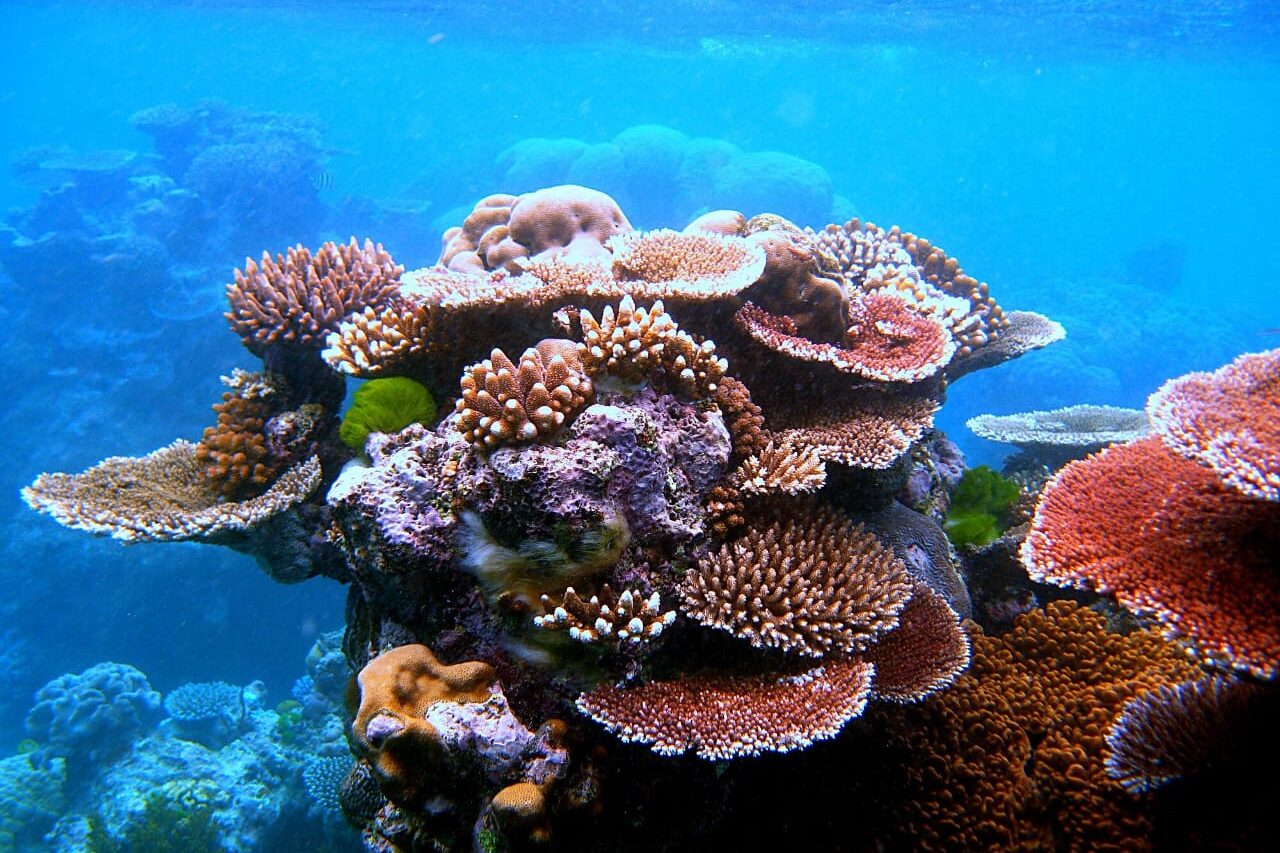
Picture a colony of tiny polyps, each a genetically identical clone, forming a vast, interconnected structure. That’s the coral, a master of clonal reproduction. These organisms reproduce asexually through budding, creating genetically identical polyps that form the coral colony. It’s like having a living city, where each inhabitant is a perfect copy of the others. Imagine a world where life can build vast structures through simple duplication, where one becomes many in a grand, interconnected community. This remarkable ability allows coral colonies to grow and expand, forming the foundation of vibrant reef ecosystems. Experts note that this process, called budding, is a form of asexual reproduction, a way to ensure the growth and survival of the coral colony. It’s a testament to the cooperative nature of life, a way to create complex structures through simple duplication. The coral’s ability to form vast colonies through budding is a result of its unique life cycle.
This allows them to create genetically identical polyps that form the coral structure. Coral colonies can grow and expand over long periods, forming the foundation of diverse marine ecosystems. This form of asexual reproduction is particularly advantageous in stable marine environments. Researchers are studying the coral’s reproductive system to understand the mechanisms behind its budding process. The potential applications of this research are vast, with implications for coral reef conservation and restoration. Experts explain that the coral’s ability to reproduce asexually is a result of its unique cellular mechanisms, which allow it to create genetically identical polyps. This remarkable ability makes the coral a fascinating subject of study for scientists interested in marine biology.
7. The Vegetative Strawberry Plant
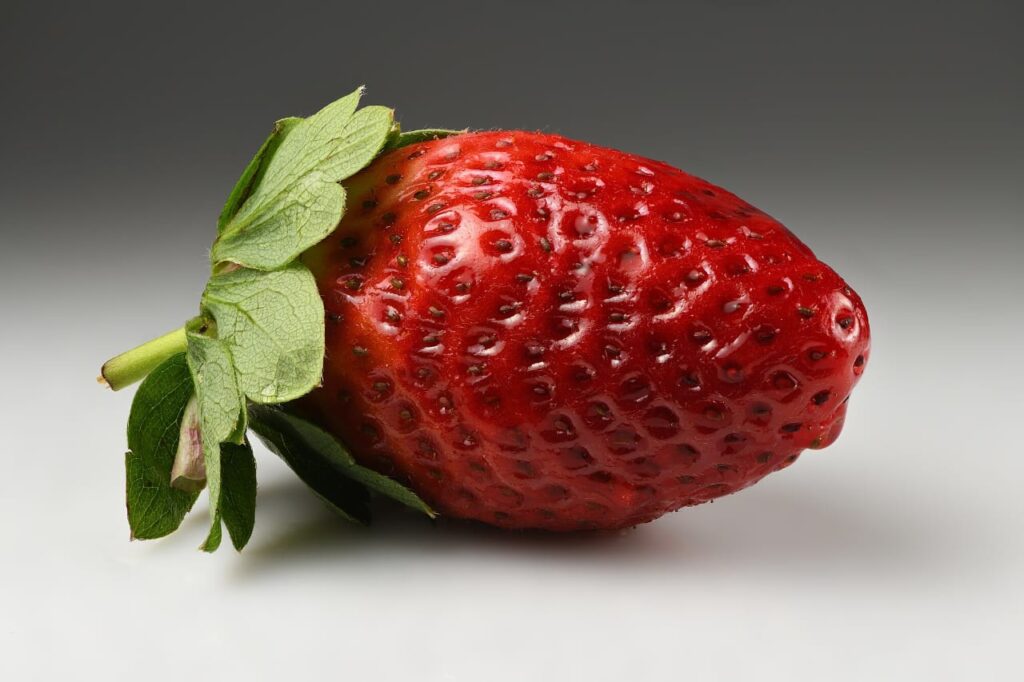
Imagine a plant that can send out runners, each rooting and growing into a new, genetically identical plant. That’s the strawberry plant, a master of vegetative reproduction. These plants can reproduce asexually through runners, creating clones that spread and colonize new areas. It’s like having a self-replicating garden, where each plant produces a multitude of identical offspring. Picture a world where reproduction is as simple as extending a stem, where life can propagate through simple growth. This remarkable ability allows strawberry plants to rapidly expand and establish themselves in diverse environments. Experts note that this process, called vegetative propagation, is a form of asexual reproduction, a way to ensure rapid colonization and resource acquisition. It’s a testament to the adaptability of plants, a way to thrive in various ecological niches. The strawberry plant’s ability to reproduce asexually through runners is a result of its unique growth pattern.
This allows them to create genetically identical offspring that spread and root in new areas. Strawberry plants can rapidly colonize new areas, forming dense mats of vegetation. This form of asexual reproduction is particularly advantageous in agricultural settings, where it allows for efficient propagation of desirable varieties. Researchers are studying the strawberry plant’s growth patterns to understand the mechanisms behind its vegetative propagation. The potential applications of this research are vast, with implications for agriculture and horticulture. Experts explain that the strawberry plant’s ability to reproduce asexually is a result of its unique genetic adaptations, which allow it to bypass the need for sexual reproduction. This remarkable ability makes the strawberry plant a fascinating subject of study for scientists interested in plant reproduction.
8. The Budding Sea Anemone
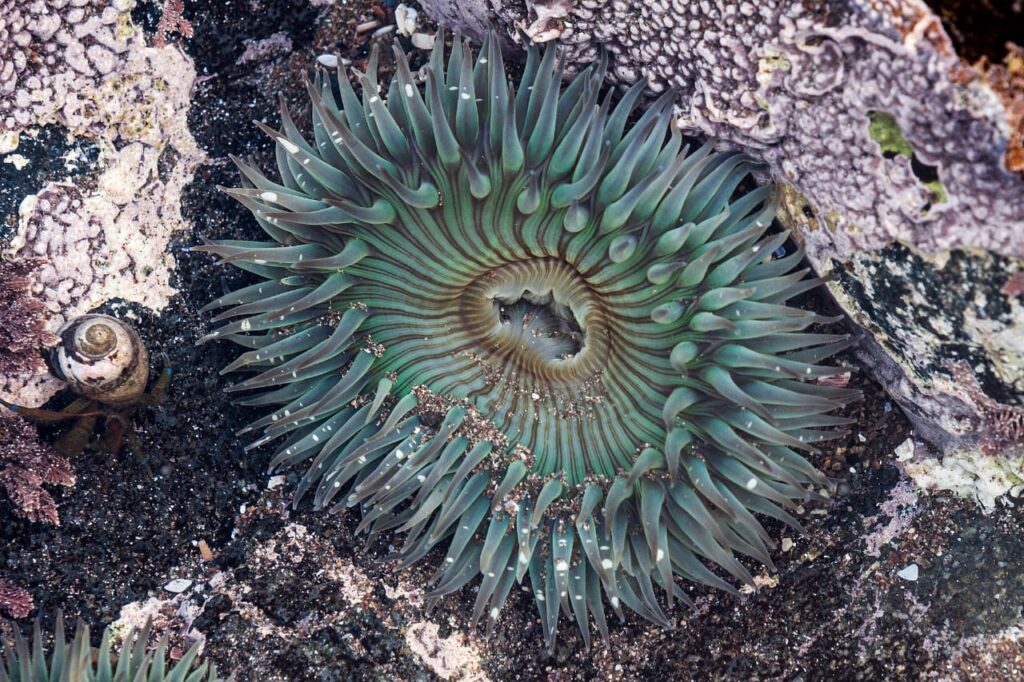
Picture a flower-like creature that can bud off new, genetically identical individuals. That’s the sea anemone, a master of budding. These organisms can reproduce asexually through budding, creating clones that form clusters or colonies. It’s like having a living bouquet, where each flower is a perfect copy of the others. Imagine a world where life can propagate through simple outgrowth, where one becomes many in a vibrant, interconnected community. This remarkable ability allows sea anemone populations to expand and establish themselves in diverse marine environments. Experts note that this process, called budding, is a form of asexual reproduction, a way to ensure the growth and survival of the sea anemone colony. It’s a testament to the simplicity and efficiency of life’s reproductive strategies, a way to thrive in stable, resource-rich environments. The sea anemone’s ability to form clusters through budding is a result of its unique life cycle.
This allows them to create genetically identical polyps that form the anemone structure. Sea anemone colonies can grow and expand over long periods, forming the foundation of diverse marine ecosystems. This form of asexual reproduction is particularly advantageous in stable marine environments. Researchers are studying the sea anemone’s reproductive system to understand the mechanisms behind its budding process. The potential applications of this research are vast, with implications for marine conservation and restoration. Experts explain that the sea anemone’s ability to reproduce asexually is a result of its unique cellular mechanisms, which allow it to create genetically identical polyps. This remarkable ability makes the sea anemone a fascinating subject of study for scientists interested in marine biology.
9. The Self-Dividing Bacteria
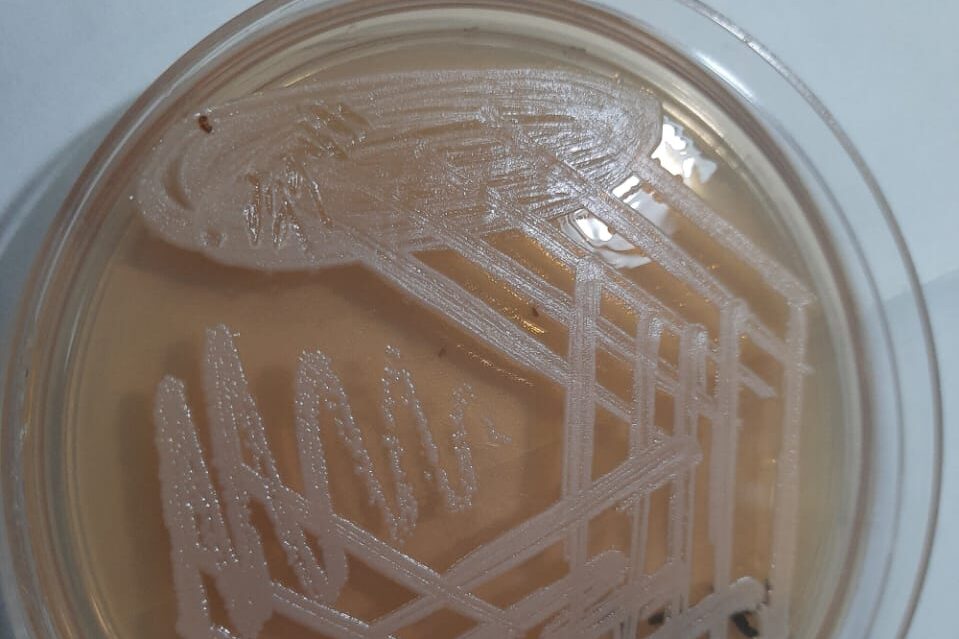
Imagine a microscopic organism that can simply split in two, creating two identical copies of itself. That’s bacteria, masters of binary fission. These single-celled organisms reproduce asexually through binary fission, creating genetically identical daughter cells. It’s like having a cellular copier, churning out identical versions of itself at an astonishing rate. Picture a world where life can multiply with incredible speed, where one becomes two, two becomes four, and so on. This remarkable ability allows bacterial populations to explode in favorable conditions. Experts note that this process, called binary fission, is a form of asexual reproduction, a way to ensure rapid propagation and colonization of new resources. It’s a testament to the efficiency of life at its most basic level, a way to thrive in diverse and fluctuating environments. The bacteria’s ability to reproduce through binary fission is a result of its simple cellular structure.
This allows them to replicate their DNA and divide into two identical daughter cells. Bacteria can rapidly increase their population size, leading to exponential growth. This form of asexual reproduction is particularly advantageous in environments where resources are abundant. Researchers are studying the bacteria’s reproductive system to understand the mechanisms behind its binary fission. The potential applications of this research are vast, with implications for medicine and biotechnology. Experts explain that the bacteria’s ability to reproduce asexually is a result of its unique cellular mechanisms, which allow it to replicate its DNA and divide efficiently. This remarkable ability makes bacteria a fascinating subject of study for scientists interested in microbiology.
10. The Amazing Aspen Tree

Imagine a forest where every tree is connected, a vast network of identical individuals sharing a single root system. That’s the aspen tree, a master of clonal reproduction. This tree can send up shoots from its roots, each growing into a new, genetically identical tree. It’s like a living, breathing network, where one tree becomes a multitude, all part of a single, massive organism. Picture a world where a forest is a single entity, a testament to the power of clonal growth. This remarkable ability allows aspen trees to rapidly expand and dominate landscapes, forming vast, interconnected stands. Experts highlight that this process, called ramification, is a form of vegetative reproduction, a way to ensure rapid colonization and resource acquisition. It’s a testament to the resilience and adaptability of these trees, a way to thrive in diverse and often challenging environments. The aspen tree’s ability to reproduce asexually through root shoots is a result of its unique growth pattern.
This allows them to create genetically identical individuals that spread and root in new areas. Aspen trees can rapidly colonize new areas, forming dense stands of vegetation. This form of asexual reproduction is particularly advantageous in environments where resources are scarce or conditions are harsh. Researchers are studying the aspen tree’s growth patterns to understand the mechanisms behind its vegetative propagation. The potential applications of this research are vast, with implications for forestry and ecosystem management. Experts explain that the aspen tree’s ability to reproduce asexually is a result of its unique genetic adaptations, which allow it to bypass the need for sexual reproduction. This remarkable ability makes the aspen tree a fascinating subject of study for scientists interested in plant reproduction and forest ecology.
11. The Dividing Sea Squirt
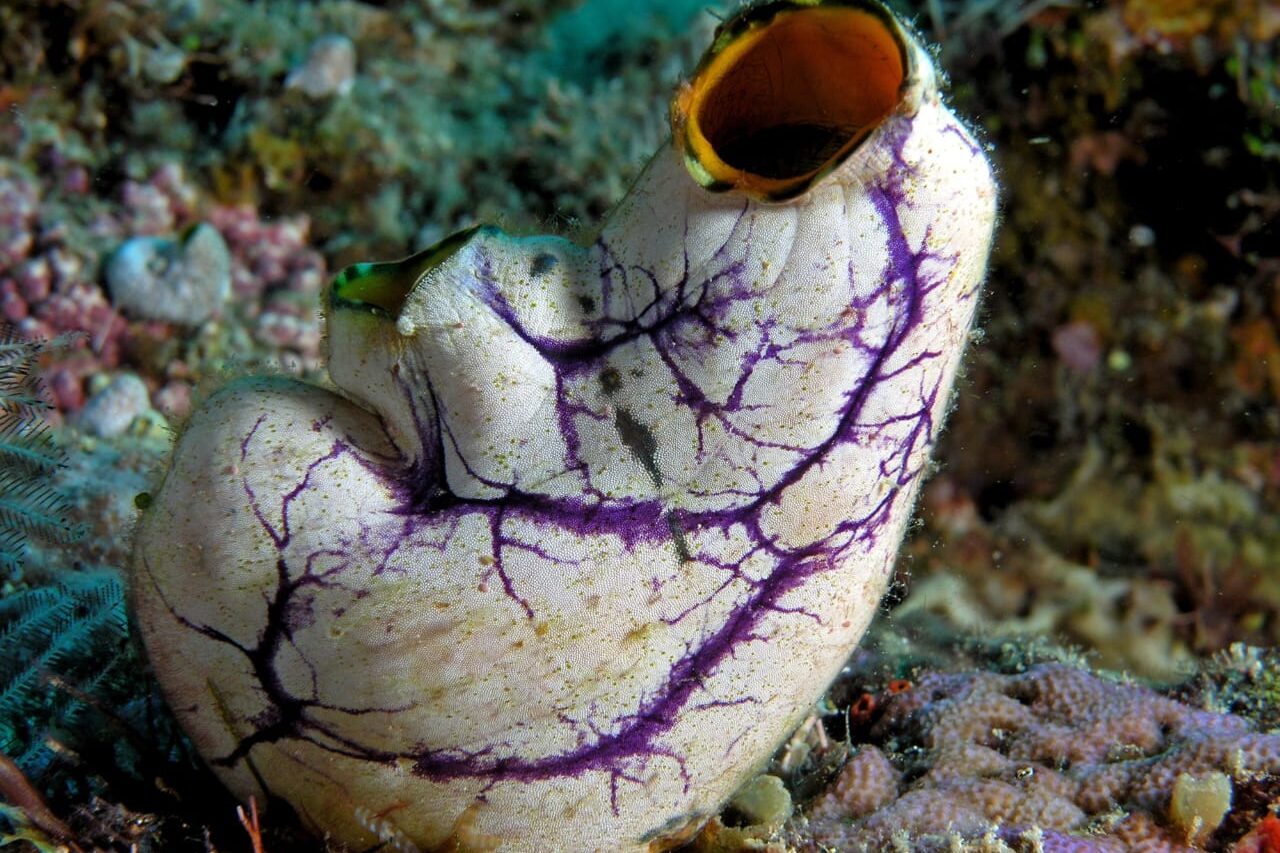
Imagine a marine animal that can reproduce by budding, forming colonies of genetically identical individuals. That’s the sea squirt, a master of colonial reproduction. These animals reproduce asexually through budding, creating clones that form interconnected colonies. It’s like having an underwater city, where each resident is a perfect copy of the others. Picture a world where life can build complex structures through simple duplication, where one becomes many in a grand, interconnected community. This remarkable ability allows sea squirt colonies to grow and expand, forming the foundation of diverse marine ecosystems. Experts note that this process, called budding, is a form of asexual reproduction, a way to ensure the growth and survival of the sea squirt colony. It’s a testament to the cooperative nature of life, a way to create complex structures through simple duplication. The sea squirt’s ability to form vast colonies through budding is a result of its unique life cycle.
This allows them to create genetically identical individuals that form the colony structure. Sea squirt colonies can grow and expand over long periods, forming the foundation of diverse marine ecosystems. This form of asexual reproduction is particularly advantageous in stable marine environments. Researchers are studying the sea squirt’s reproductive system to understand the mechanisms behind its budding process. The potential applications of this research are vast, with implications for marine conservation and restoration. Experts explain that the sea squirt’s ability to reproduce asexually is a result of its unique cellular mechanisms, which allow it to create genetically identical individuals. This remarkable ability makes the sea squirt a fascinating subject of study for scientists interested in marine biology.
12. The Self-Sustaining Dandelions
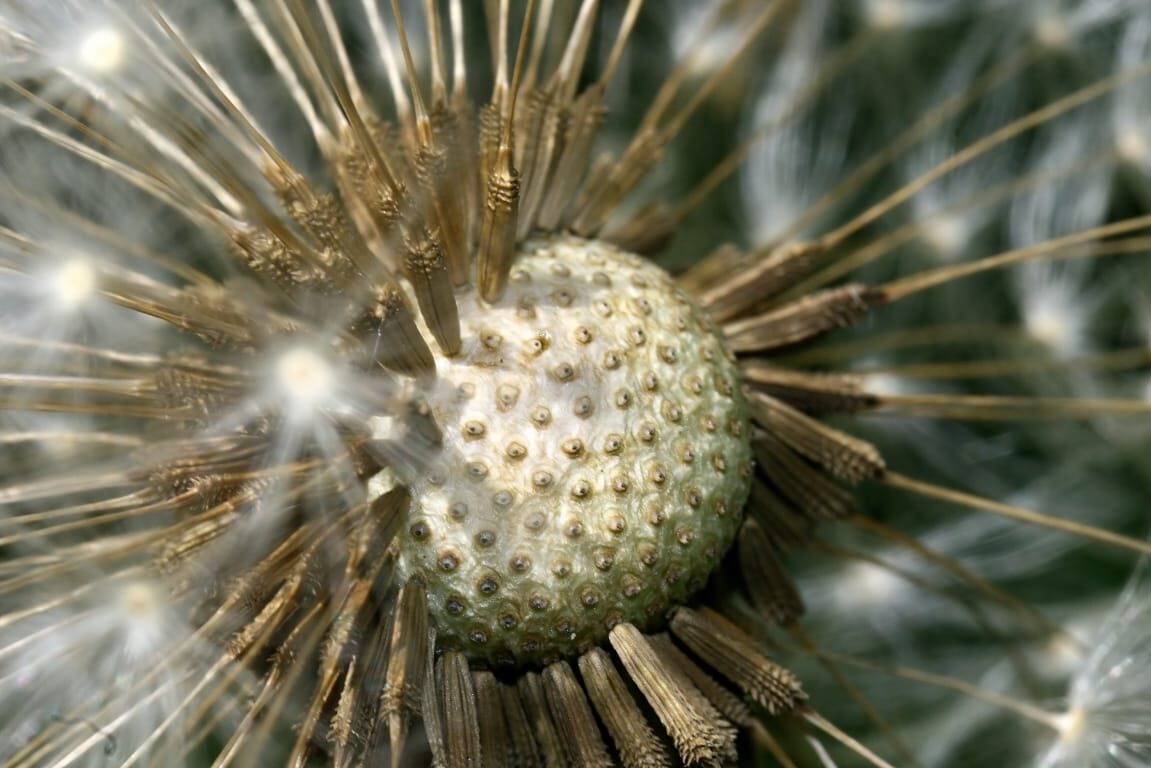
Imagine a plant that can produce seeds without fertilization, creating genetically identical offspring. That’s the dandelion, a master of apomixis. These plants reproduce asexually through apomixis, creating clones that spread and colonize new areas. It’s like having a self-replicating seed factory, where each seed produces an identical plant. Picture a world where reproduction is as simple as producing seeds, where life can propagate through simple growth. This remarkable ability allows dandelion populations to rapidly expand and establish themselves in diverse environments. Experts note that this process, called apomixis, is a form of asexual reproduction, a way to ensure rapid colonization and resource acquisition. It’s a testament to the adaptability of plants, a way to thrive in various ecological niches. The dandelion’s ability to reproduce asexually through apomixis is a result of its unique reproductive system.
This allows them to create seeds that develop into genetically identical offspring without fertilization. Dandelions can rapidly colonize new areas, forming dense mats of vegetation. This form of asexual reproduction is particularly advantageous in disturbed environments, where it allows for rapid colonization. Researchers are studying the dandelion’s reproductive system to understand the mechanisms behind its apomixis. The potential applications of this research are vast, with implications for agriculture and horticulture. Experts explain that the dandelion’s ability to reproduce asexually is a result of its unique genetic adaptations, which allow it to bypass the need for sexual reproduction. This remarkable ability makes the dandelion a fascinating subject of study for scientists interested in plant reproduction.


